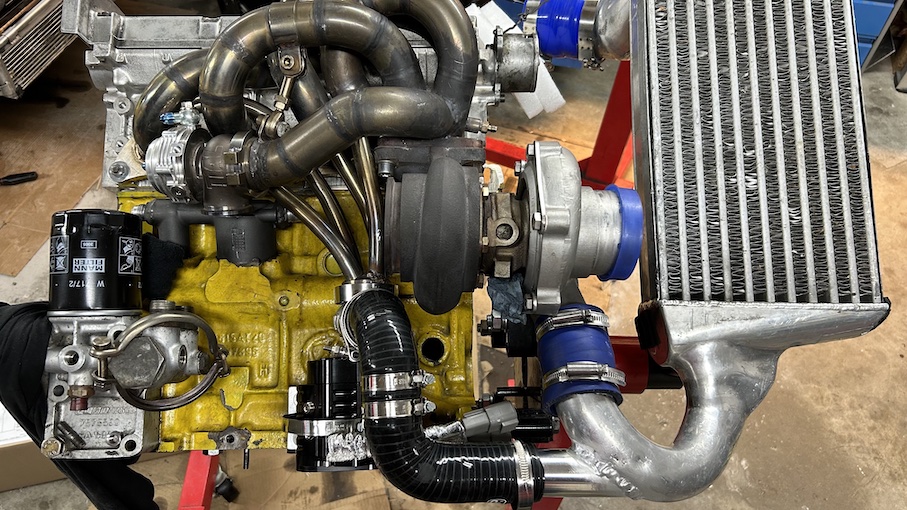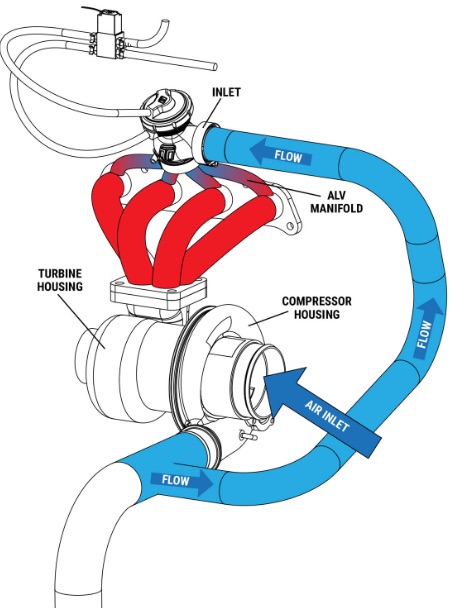ORB map example for fresh-air antilag?
I switched my antilag system from Throttle bypass (EGR valve) to Fresh-air (Turbosmart eALV40+Blackbox). Problem now is that I cannot get it to work as good as it did with the old system which was producing up to 0.5 bar.
Piping, connection and monitoring wise I can confirm the new eALV is activated and working as it should, so I'm now focusing on the existing values in the ORB-tables. Old values:
- Cut: 15 to 35
- Retard: -20 to -45
- Air: always 100% opened (Status Control)
- Fuel: 0 to 5
Using these with the new eALV does not result in the same amount of boost generated and I assumably should use other values. The eALV is expected to provide a lot more air in comparison to the old EGR-valve (probably 4 times more). Current values that generate some ORB effect (0.1 bar) are:
- Cut: 10 to 20
- Retard: -10 to -15
- Air: 100% opened when ORB active (for now via Aux-table)
- Fuel: 0 to 5
However, for the amount of air the eALV passes, I'm expecting a lot more boost!
Can someone share experiences or example ORB-maps for fresh-air anti-lag?

Piping, connection and monitoring wise I can confirm the new eALV is activated and working as it should, so I'm now focusing on the existing values in the ORB-tables. Old values:
- Cut: 15 to 35
- Retard: -20 to -45
- Air: always 100% opened (Status Control)
- Fuel: 0 to 5
Using these with the new eALV does not result in the same amount of boost generated and I assumably should use other values. The eALV is expected to provide a lot more air in comparison to the old EGR-valve (probably 4 times more). Current values that generate some ORB effect (0.1 bar) are:
- Cut: 10 to 20
- Retard: -10 to -15
- Air: 100% opened when ORB active (for now via Aux-table)
- Fuel: 0 to 5
However, for the amount of air the eALV passes, I'm expecting a lot more boost!
Can someone share experiences or example ORB-maps for fresh-air anti-lag?

